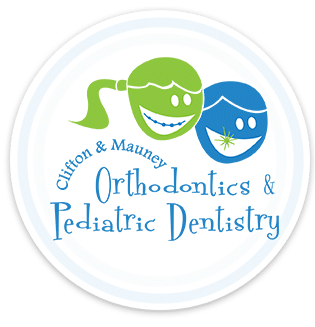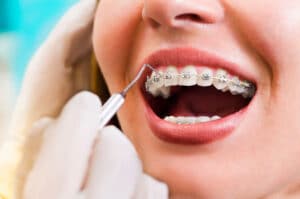Understanding the Importance of Fluoride
What is fluoride? What are the benefits of fluoride toothpaste? Is there really fluoride in the water? At Clifton & Mauney Orthodontics & Pediatric Dentistry, we believe in preventive dental care. Call us at 888.339.8108 today to learn more about fluoride’s side effects and benefits.
History of Fluoride
Fluoride is necessary for tooth advancement and the avoidance of tooth rot. Throughout the United States, tooth decay is far less pervasive than it would have been without the fluoridation of open water supplies. This is why pediatric dental specialists have supported water fluoridation to the prescribed levels of 0.70 parts per million (ppm). It’s also why the Centers for Disease Control and Prevention (CDC) has called fluoridated water a standout amongst the most critical well-being accomplishments of the twentieth century.
Unfortunately, not every person has access to fluoridated water. That is one motivation behind why a fluoride supplement is prescribed for your child, in addition to using toothpaste and mouthwash that contains this vital mineral. Since it is feasible for kids to get too much fluoride, it’s important to seek professional medical advice when it comes to fluoride products.
What Is Fluoride?
What is fluoride? Fluoride is a naturally occurring mineral found in some food and water sources. It is commonly used to help prevent tooth decay, as when it comes into contact with the enamel of teeth, fluoride helps strengthen and repair damaged dental tissue. Fluoride can also be obtained through supplements or topical applications, such as toothpaste or mouthwash. Fluoride assists in reducing cavities and helps to prevent tooth decay. It is important to remember that too much fluoride can be harmful, and it is recommended to speak with your dental professional about how much fluoride you should take daily. In addition to drinking fluoridated water, using fluoride-containing toothpaste, mouthwashes, and other dental products are a great way to help your child maintain healthy teeth.
How Does Fluoride Help?
The external layer of teeth, called enamel, is frequently subject to harmful acids. These can come from acidic foods and refreshments, like soft drinks and citrus products. They can also come from the decay-causing bacteria already in the mouth that create acid from sugar. These microbes gather in dental plaque and feast upon sugar that is not scrubbed from your child’s mouth. In breaking down sugar, the microbes create acids that can eat through tooth finish. This is the way cavities are formed. However, when fluoride is present, it actually turns into part of the crystalline structure of tooth finish, solidifying it and making it more impervious to corrosive assault. Fluoride can even help repair cavities that have started to form.
Sources of Fluoride
Fluoride in drinking water or supplements can be taken up by a child’s developing teeth. Once a tooth has started to erupt, it can be fortified by fluoride topically. At Clifton & Mauney, we have expertise in family dentistry, and we want to be sure that your child gets the correct amount of fluoride.
Good sources of fluoride include:
- Fluoride toothpaste
- Topical fluoride applications
- Supplements
- Drinking water
Utilizing fluoride toothpaste is one approach to enable your child’s teeth to get fluoride every day. That being said, don’t overdo it! Indeed, we suggest utilizing just a pea-sized sum for youngsters ages 2-6 and only a small spread for kids under two. Fluoride ought not be utilized on children younger than one year. Another useful approach to deliver fluoride to the teeth is with topical fluoride applications painted right onto the teeth.
The Dangers of Fluorosis
Teeth over-exposed to fluoride as they are shaped underneath the gum line can build up a condition called fluorosis, marked by a streaked or mottled appearance of the teeth. Mild fluorosis may appear as white spots that are difficult to see. In uncommon and more serious cases, the staining can be darker, with a pitted surface. The condition is not unsafe but rather may inevitably require corrective dental treatment. Tooth decay, however, is destructive to your child’s dental health and can likewise be very serious.
Signs of fluorosis may include:
- Streaked appearance
- White spots
- Stains ranging from yellow to brown
- Surface irregularities
Since children’s permanent teeth are fully developed by the age of 9, they are no longer at risk for fluorosis at that time. Since fluoride helps strengthen the tooth enamel over time, every one of the sources your child interacts with — including baby formula mixed with fluoridated tap water — should be assessed. While caution and professional medical advice are advised, it would be an error to go without the advantages that fluoride can have on your kid’s teeth and general well-being. In the event that you are worried that your youngster might be experiencing fluorosis, please contact your neighborhood specialists in family dentistry for more data.
Contact Clifton & Mauney Orthodontics & Pediatric Dentistry Today
To learn more about what fluoride is and how it can help you or your family’s teeth, Clifton & Mauney Orthodontics & Pediatric Dentistry can help. Contact us at 888.339.8108 today.




